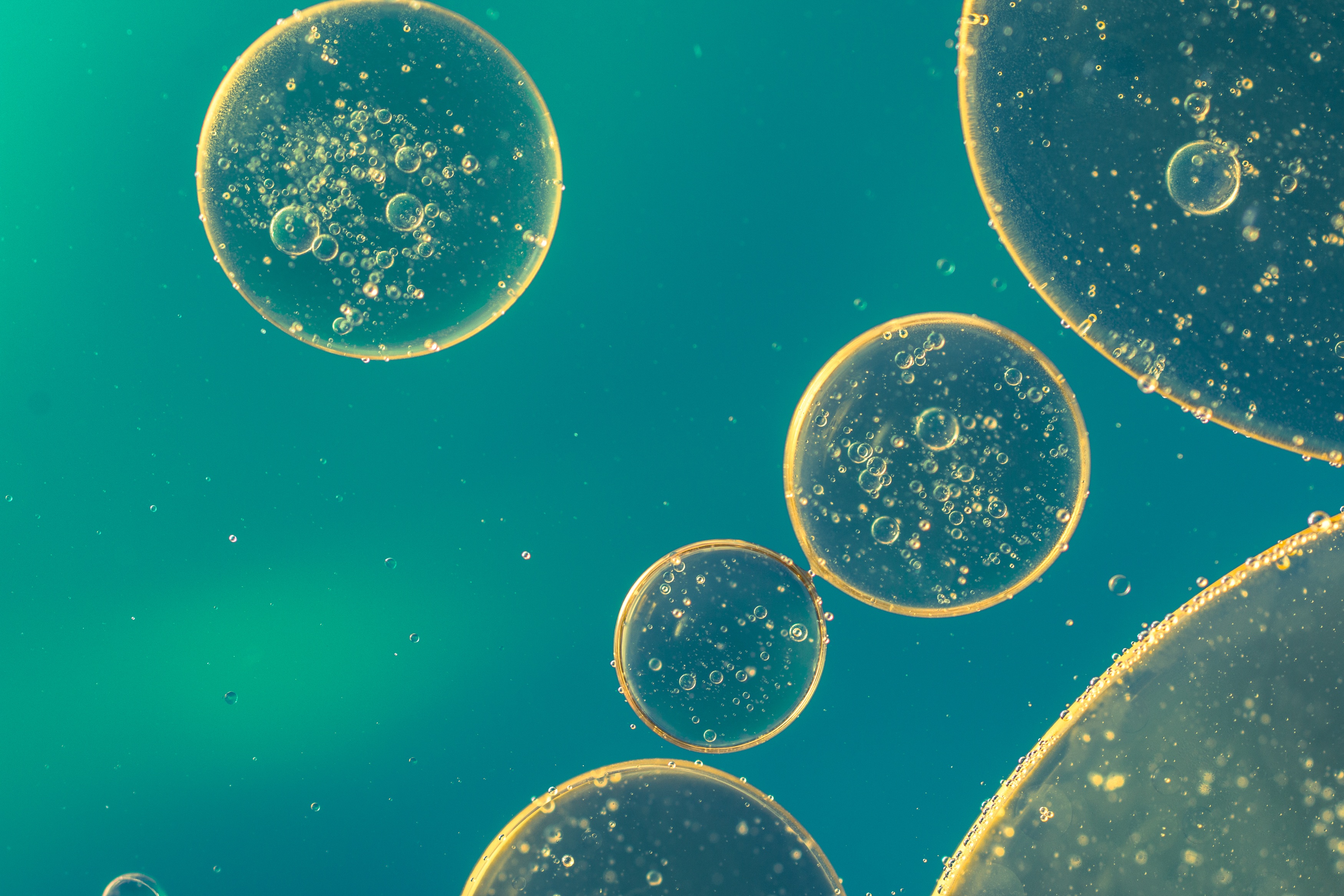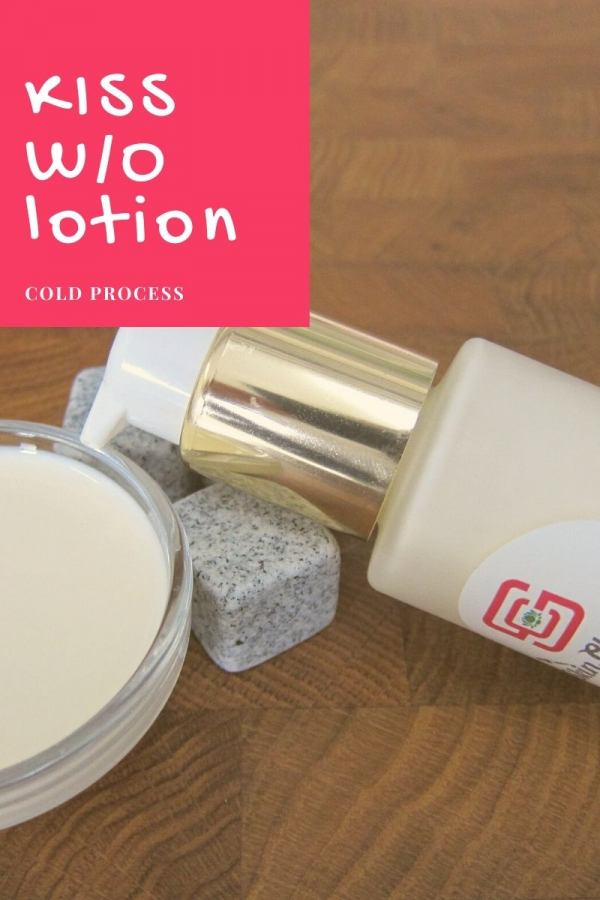

On the other hand, if there is no change in conductance, the emulsion is water-in-oil type. If it shows an increase in conductance, the emulsion is of the oil-in-water type. Conductivity Test: In this test, some amount of electrolyte is added to the emulsion to measure its conductance.If the emulsion becomes red, it means that it is the oil-in-water type and vice-versa. Dye Solubility Test: This test can be conducted by adding a water-soluble dye to the emulsion.Apart from water, if oil is added to the emulsion, and it gets mixed, then it is called the water-in-oil type. If water does not mix with the emulsion, then it is known as the water-in-oil (w/o) type. If water is added, and it gets mixed with the emulsion, then the emulsion is of the oil-in-water (o/w) type. Dilution Test: This test can be conducted by adding water or oil to the emulsion.

We can find out the type of emulsion with the help of the following tests: Methods to Identify the Type of Emulsions Surface Tension Theory: According to this theory, emulsification is a process that arises by the reduction of interfacial tension between the two mediums.Repulsion Theory: According to this theory, the emulsifying agent makes a film over one stage, which leads to forming globules, and these globules repel each other, and the repulsive force between them forces them to remain suspended in the dispersion medium.In the whole procedure of emulsification, several chemical and physical processes and mechanisms are involved, and these mechanisms are based on the following theories: The procedure to convert a liquid mixture into an emulsion is known as emulsification. The word emulsion is derived from Latin, which means ‘to milk’ (milk is an example of an emulsion of water and fat). In simple words, an emulsion is a mixture that consists of two liquids that don’t mix with each other. The oil forms drop and then disperses throughout the water.The colloidal dispersion of two non-miscible liquids, where one liquid acts as the medium of dispersion and the other as a dispersed phase, is known as an emulsion. Oil and the mixtures of water are the emulsions when are shaken together. Note: In simple words, emulsions are colloids in which both the dispersed phase and dispersion medium are liquids. The thickness, consistency, and asphaltene and tar substance were corresponded with another dependability file. A new model depends on experimental information and the relating actual information on emulsion development. A survey of mathematically demonstrating plans for the arrangement of water-in-oil emulsions is given. Specific sorts of these mixes structure more steady emulsions than others inside the equivalent asphaltene/pitch groupings. It was noticed that changeability in emulsion arrangement is, to some extent, because of the variety in the kinds of mixes in the asphaltene and sap gatherings. For most oils, loss of lighter segments by dissipation is important before the oils will frame a water-in-oil type. Each type is portrayed and has novel properties. Contingent upon the beginning oil properties, four sorts of water-in-oil types are made: metastable and stable emulsions, entrained water-in-oil type, and shaky or those that don't frame type. Basically, water beads infused into the oil by disturbance or wave activity can be balanced out incidentally by the oil consistency and on a more extended term premise by pitches and afterward asphaltenes. Two plans are given to depict the arrangement of emulsions utilizing the attributes of beginning oils including the tar and asphaltene substance and the thickness. It has likewise been demonstrated that numerous components assume a job, including the measure of immerses and the oil thickness. are also called oil emulsions.Now, we will describe the formation of water-in-oil emulsions: Examination has indicated that asphaltenes are the prime stabilizers of water-in-oil emulsions and that saps are important to solvate the asphaltenes. In this emulsion type, water is in the dispersed phase and oil in the dispersion medium. Then only we can conclude why butter is any of the emulsion types.Ĭomplete answer: Butter is a water-in-oil emulsion resulting from an inversion of the cream, where the milk proteins are the emulsifiers. Hint:In order to the question, first we have to know the actual meaning or explanation of the given emulsions types.


 0 kommentar(er)
0 kommentar(er)
